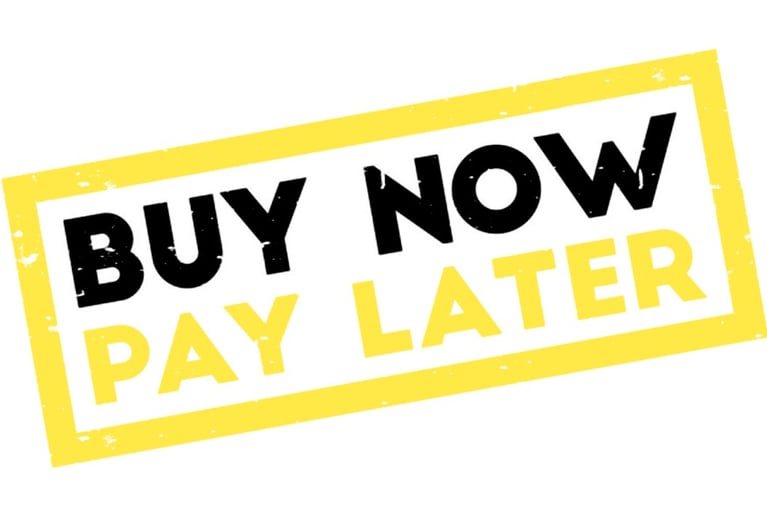3 Ways Mobile FinTech is Changing the Banking Industry
Jun 07, 2016 / By Vanessa Horwell
In 2016, global mobile payment transactions are expected to reach $27 billion, with individual users spending an average of $721.47 annually. But the rise of mobile is about more than just convenient transactions – in fact, it may help change the landscape of banking for the better.
The financial industry has long skewed large (think: big banks, big payments networks, huge infrastructures). Smartphones, however, are banking back in the hands of consumers – the “little guys.” By making banking a little smaller, mobile fintech solutions may also make the banking sector more accessible, egalitarian, and personalized. Here are three examples of the mobile-powered changes afoot.
Accessibility: American consumers have become highly accustomed to the convenience of online-enabled banking and digital payment options, like PayPal, over the last fifteen-plus years. But historically, the convenience of mobile represents a mammoth shift: It’s the first time consumers can entirely handle their finances without entering a financial institution. That’s placing the onus on banks to become more accessible by putting themselves and their products where new customers are – online and via mobile – rather than expect consumers to come to them (literally or figuratively).
If large banks don’t do that, the smaller entities and fintech companies that are already nipping at banks’ heels will rise up to meet consumers mobile expectations. That’s why the big banks are now mimicking smaller entities: Quicken Loans made a name for itself as the first provider of all-online mortgage options; today, the big banks are following suit by expanding their online loan arms.
Equality: With greater accessibility also comes a more level playing field. Whereas consumers in highly populated areas have long benefited from the locational advantage of being close to bank branches and ATMs, mobile solutions democratize the nature of the consumer-bank relationship – making it more open to serve unbanked and underbanked communities.
In the developing world, mobile solutions today act as an alternative currency: Kenyans use their primary mobile payments tool, M-PESA, for everything from taxis to taxes. In the absence of bank accounts, M-PESA is an integral payment vehicle of the Kenyan economy. For underserved American populations, tools like Simple provide a fee-free alternative to traditional checking accounts – making it possible to manage their finances entirely online.
Personalization: Ultimately, mobile is engendering a shift from transaction to interaction between banks and customers – helping make it more customized and tailored to end users’ needs. Simple, among many other companies, offers financial goal setting and “watch your spending” features to help consumers more conveniently protect themselves from overspending (rather than allow banks to benefit from overdraft fees).
But spend-monitoring is only the beginning. With increased use of mobile comes greater opportunities for data-backed, personalized investing and financial management tools. Betterment, an automated, mobile optimized investing service, is leading the charge by providing personalized financial advice to customers and giving them greater visibility into fees and charges than traditional financial institutions typically do. But Betterment’s users have ultimate control over what happens with their money. And that’s the best thing about a more mobile-optimized banking landscape: By putting options in consumers’ hands (literally), banks and fintech companies are empowering customers to take greater control of their financial future.
Sign up for our insights on the convergence of business and PR






